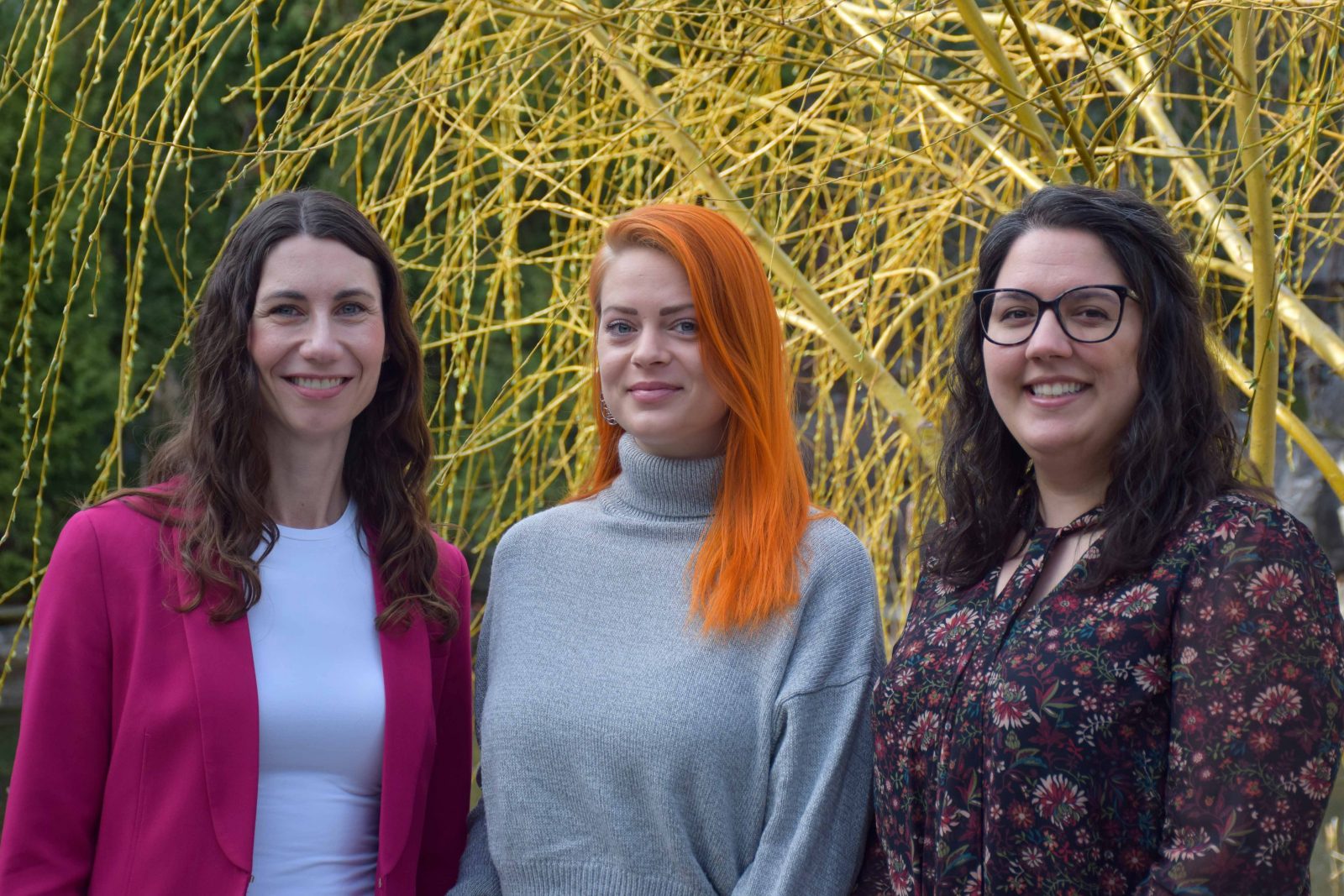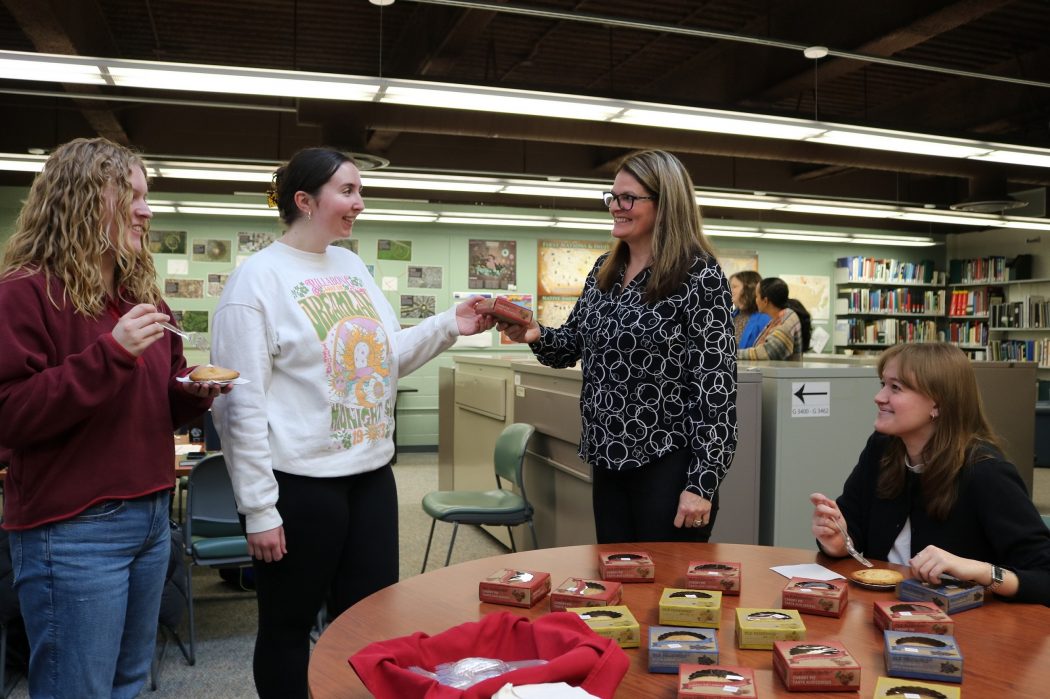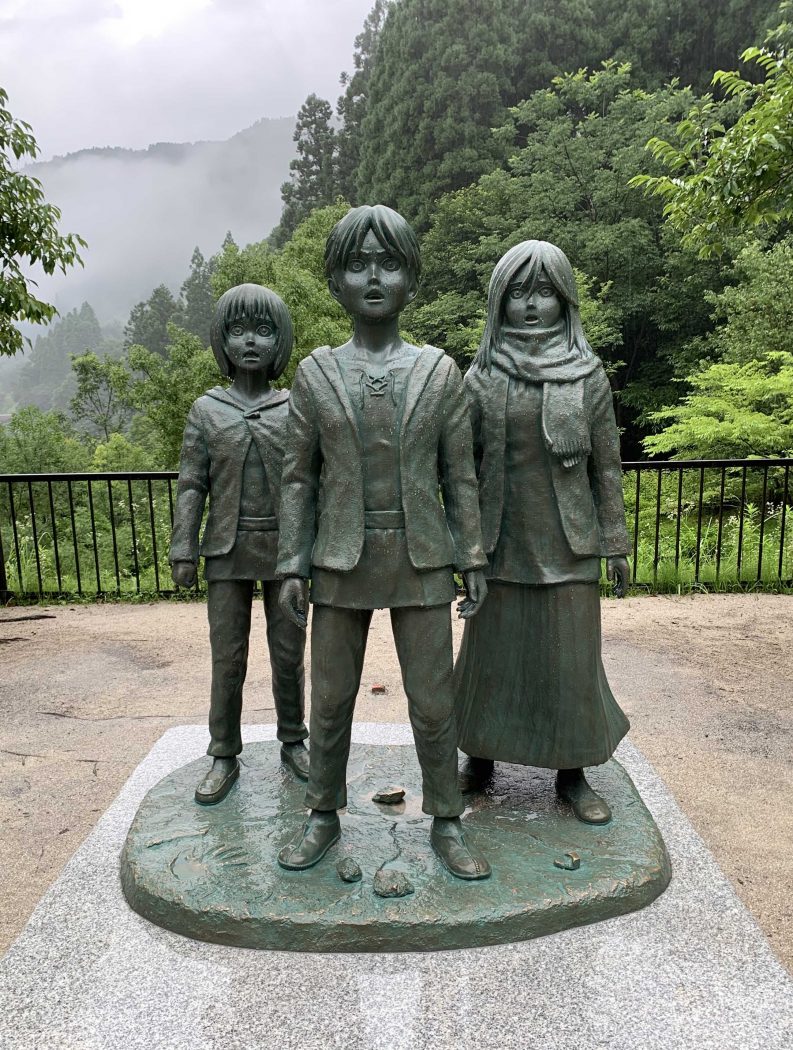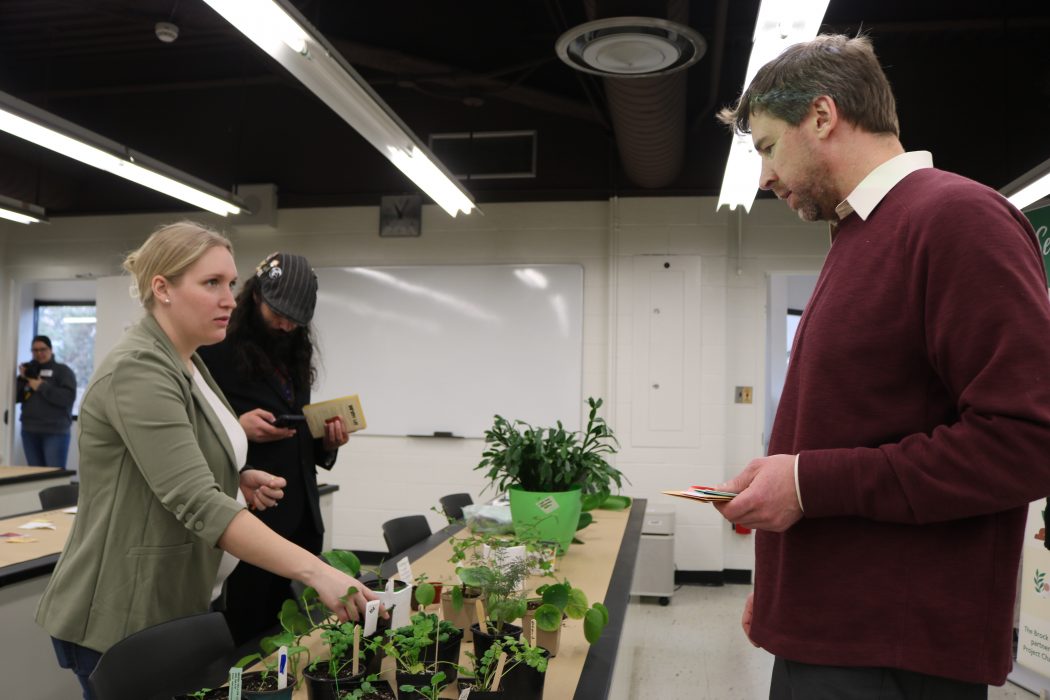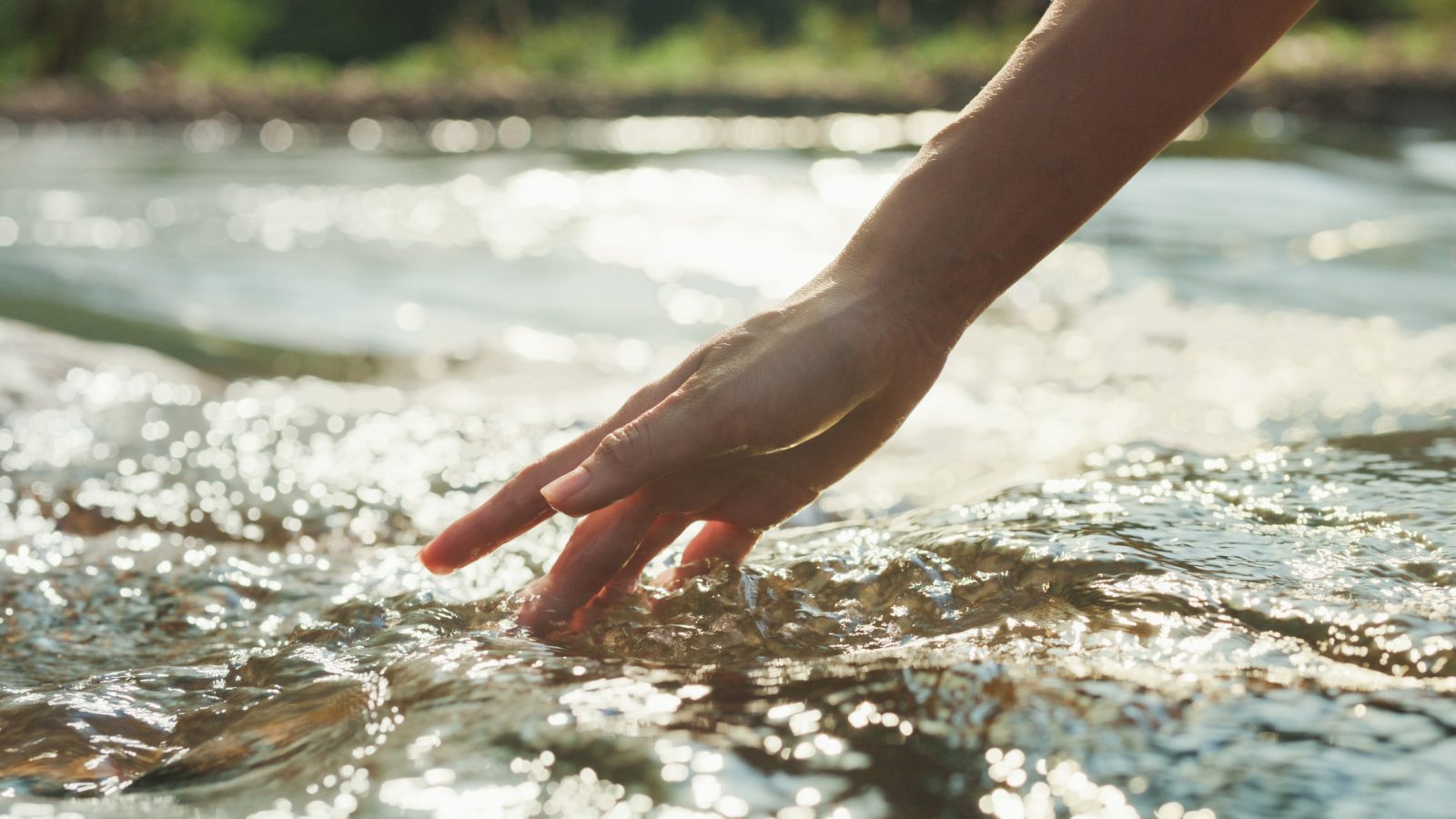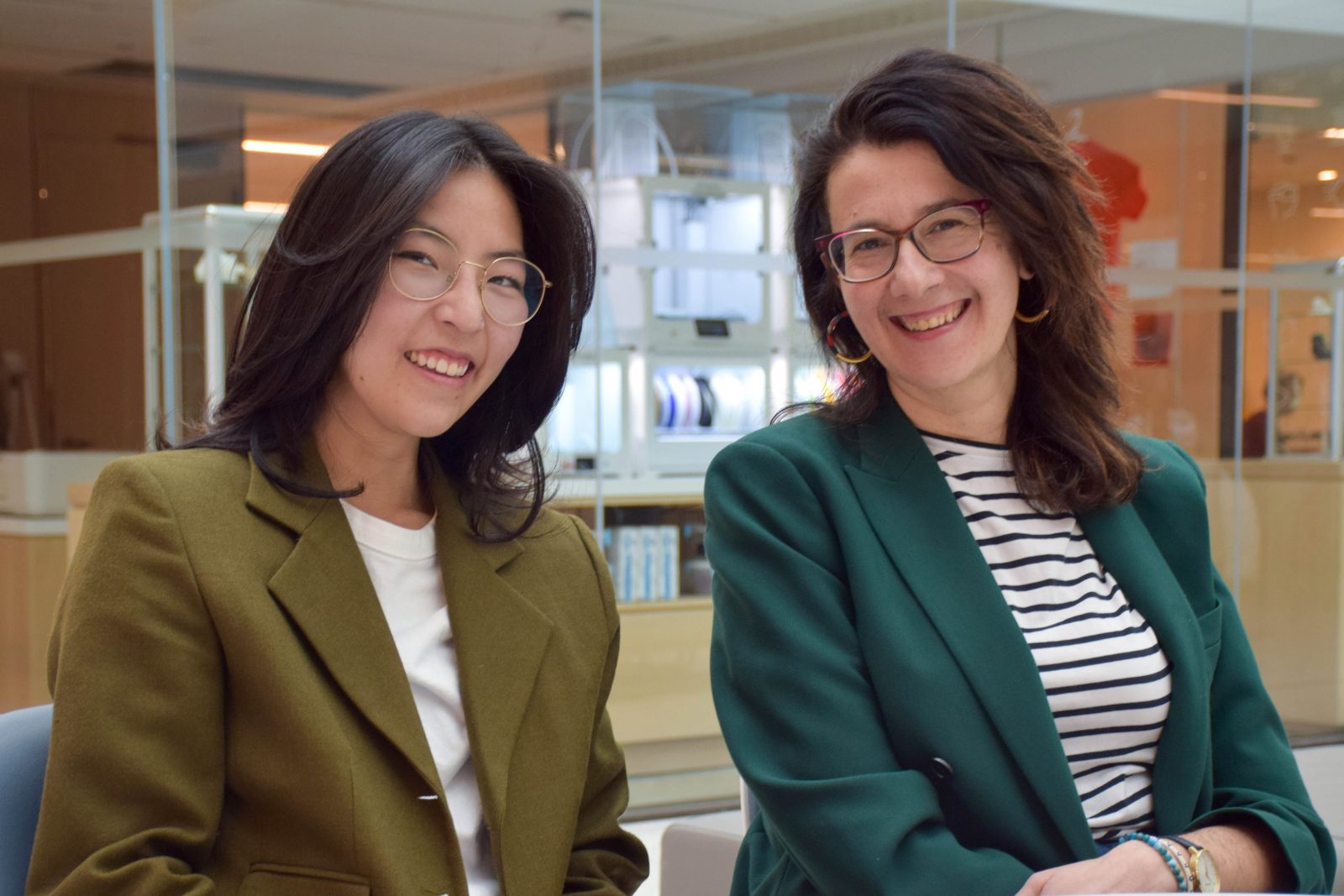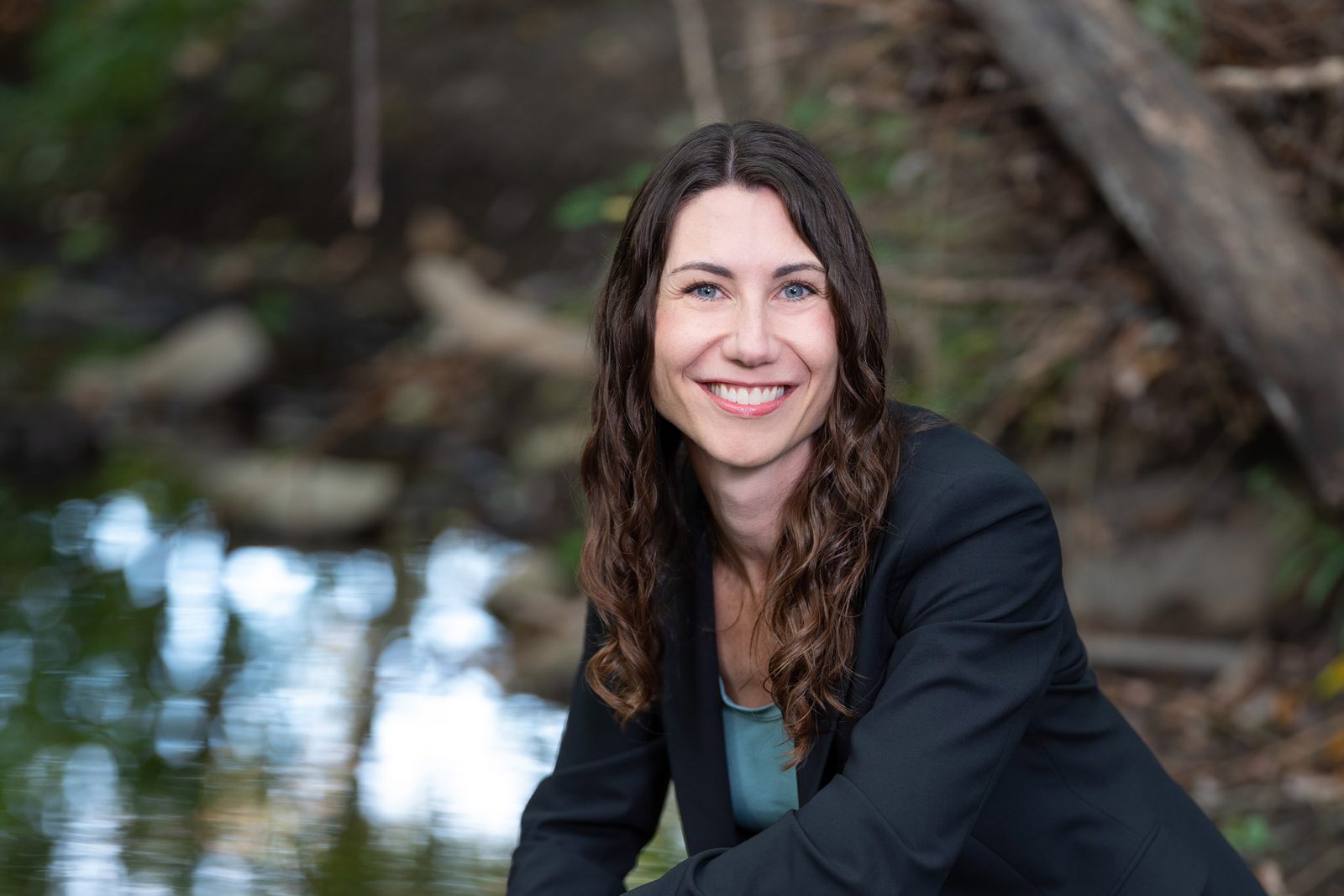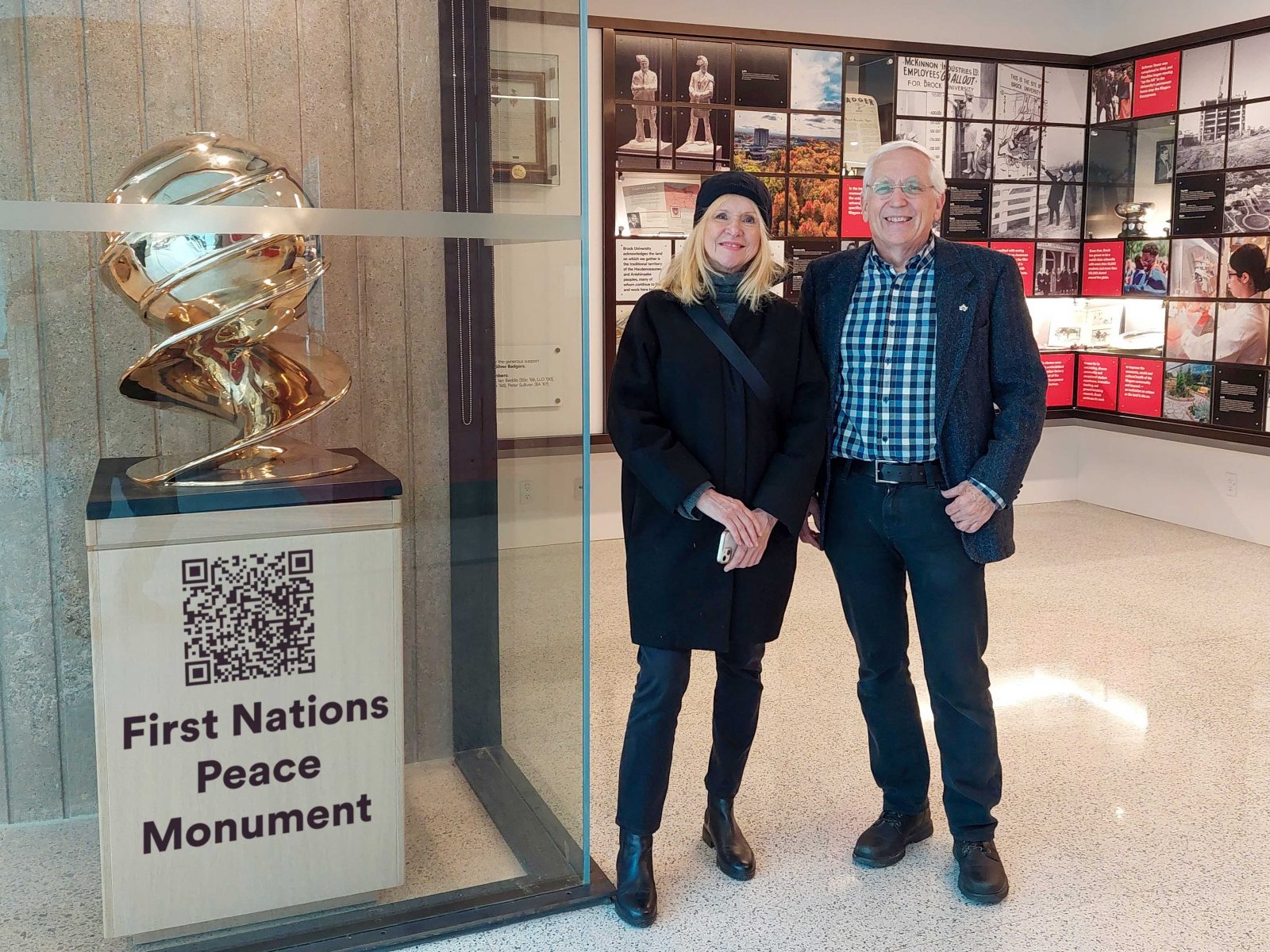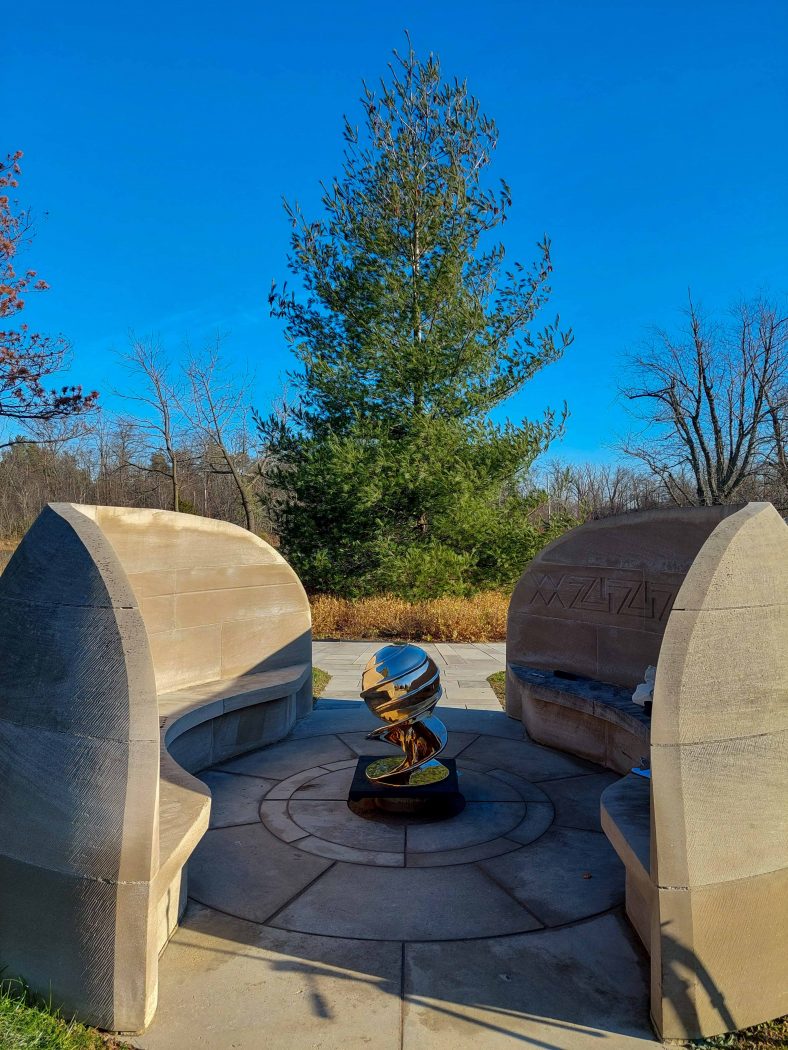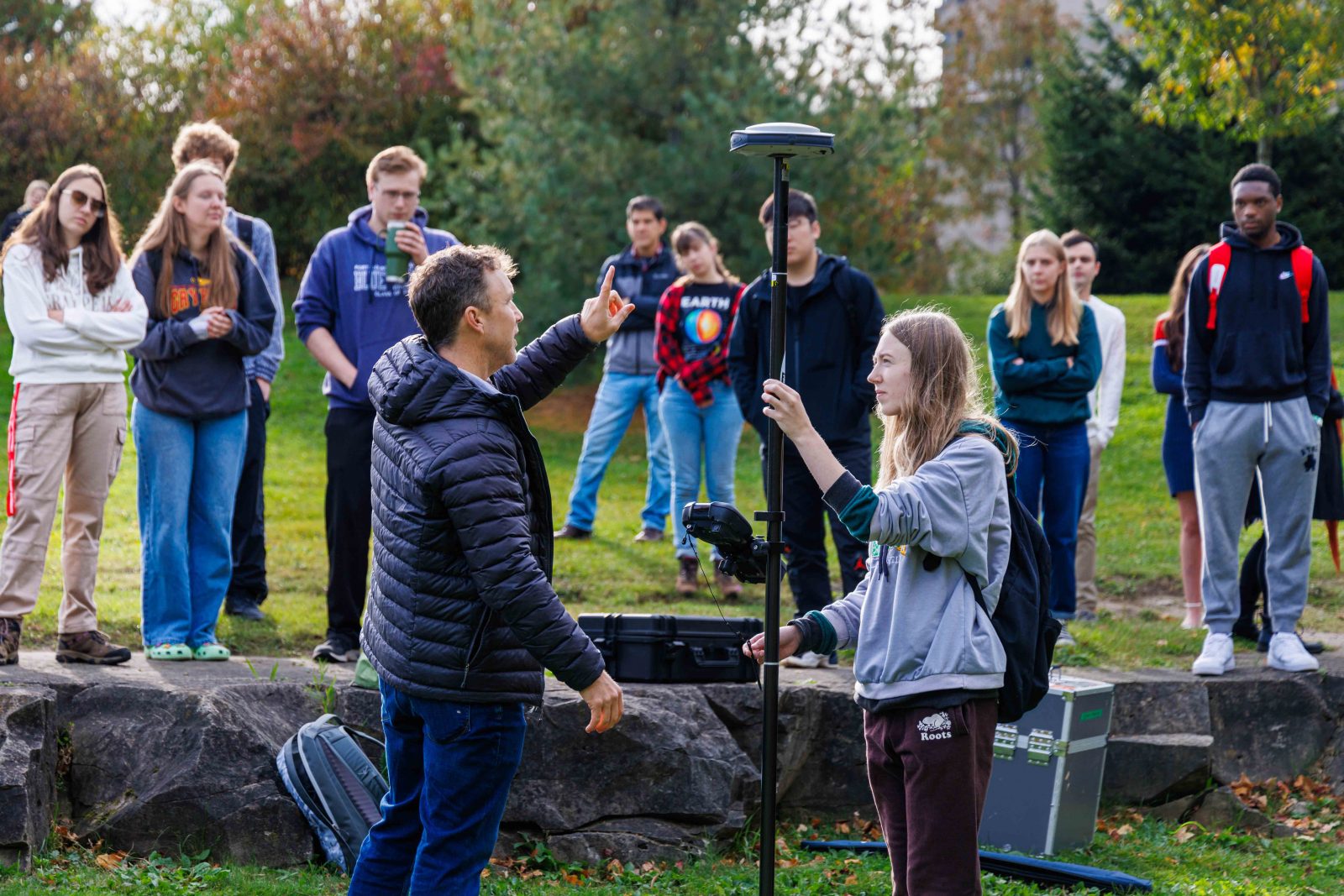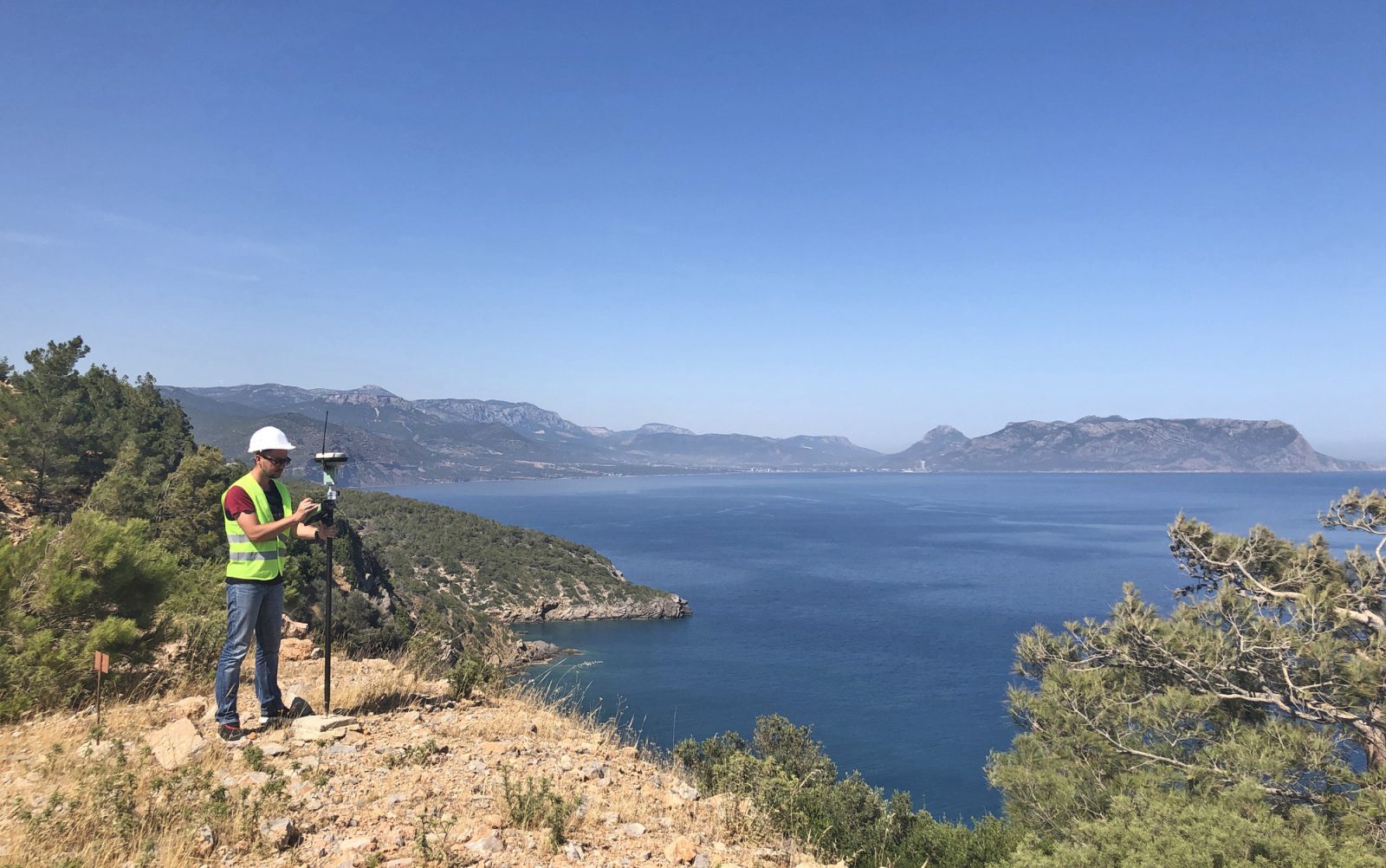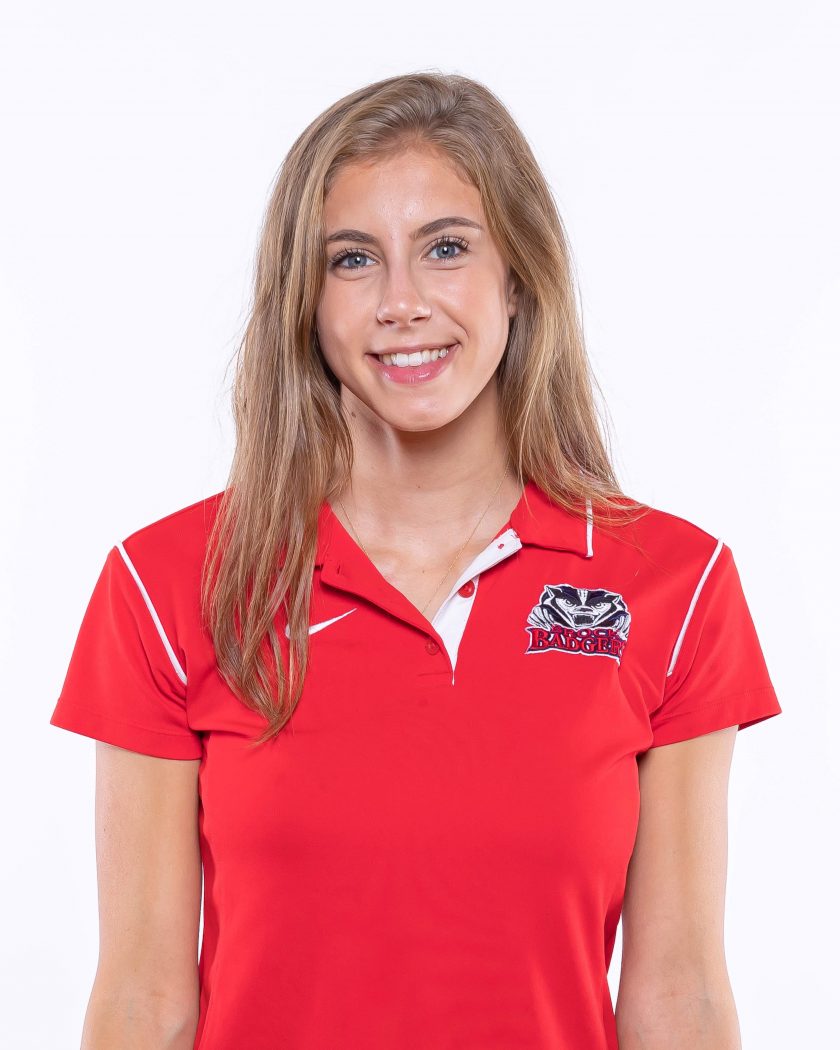THURSDAY, MARCH 14, 2024 | by Amanda Bishop | From The Brock News
Water — and all that it means to the world — will be celebrated at an upcoming community event hosted by Brock University.
Brock’s Water Resilience Lab and Department of Geography and Tourism Studies will host the inaugural World Water Day Celebration on Friday, March 22 to showcase the many ways people study, appreciate and engage with water at the University and across the Niagara region.
The free public event, funded in part by the Council for Research in the Social Sciences, brings to life a long-term goal of Julia Baird, Canada Research Chair in Human Dimensions of Water Resources and Water Resilience.
“Water touches so many aspects of our lives — what we learn and the research that happens at Brock, as well as issues of water management, water conservation and the well-being of our community and ecosystems in the broader Niagara community,” says the Associate Professor in the Environmental Sustainability Research Centre and the Department of Geography and Tourism Studies.
Baird has worked closely with Samantha Morris, Academic Advisor and Communications Co-ordinator in Geography and Tourism Studies, and graduate student volunteer Hannah Marlen Lübker to bring together the community to share the myriad of ways that water is important.
The World Water Day Celebration will open at 10 a.m. in the Rankin Family Pavilion on Brock’s main campus. Students can learn about the many water-related courses on offer and the community can discover some of the dynamic water research being undertaken at Brock.
Between 10 a.m. and 3 p.m., attendees can peruse water-themed informational and research posters from graduate and undergraduate students, an array of artistic submissions, featured course highlights or displays that combine all of these features, such as a PhotoVoice exhibit from one of Baird’s courses and the VISA 2P90 exhibit currently on display in the Matheson Learning Commons and Thistle display cases on “Women, Water, and Words: An Exploration of Visual Culture in Niagara.”
The James A. Gibson Library has also curated a featured collection of print and e-books entitled “Exploring Deep Waters” to highlight ways to learn more about water.
From 11:30 a.m. to 1:30 p.m., interactive booths will open featuring Brock researchers and community groups and organizations, including the following:
- Niagara Region
- Niagara Peninsula Conservation Authority
- Niagara Parks Commission
- Niagara Geopark
- Soaring Eagles Indigenous Elementary School
- Brock’s Department of Geography and Tourism Studies
- Water Resilience Lab
Researchers will share their projects and community organizations will highlight their work as well as volunteer and student job opportunities that may be available. Visitors present during the interactive portion of the day can enter a prize draw, which includes a $50 gift card for Someday Books. The draw will take place at 1:30 p.m.
All members of the Brock and wider communities are invited to drop in and enjoy this all-encompassing tribute to water.
Reposted from The Brock News
